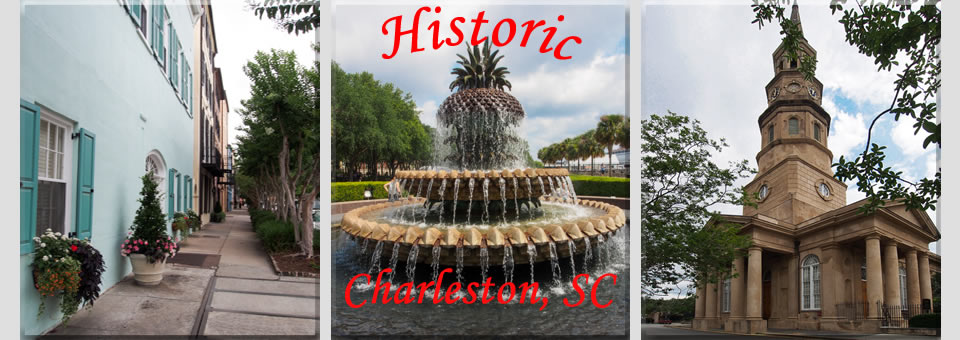Edisto Island Attraction
- - - - - - - - - - - - - - - - - - - - - - - - - - - - - - -

Botany Bay Planation - Edisto Island
Botany Bay Plantation
Edisto Island, SC 29438
DRIVING INFORMATION
1) Take SC Highway 174 towards Edisto Beach.
2) Turn left onto Botany Bay Road, located about 8.5 miles south of the McKinley Washington Bridge.
3) Follow the dirt road about 2 miles to near where the road dead-ends.
4) Turn left at the gate and into the property.
Hours: Botany Bay is free and open to the public except on Tuesdays and during scheduled hunts.
Botany Bay Plantation was formed in the 1930s from the merger of the Colonial-era Sea Cloud Plantation and Bleak Hall Plantation. In 1977, the property was transferred to the he state as a wildlife preserve; it was opened to the public in 2008. Botany Bay Plantation is open from one hour before sunrise to one hour after sunset.
The 4,600-acre preserve includes almost three miles of undeveloped, beautiful beachfront. Botany Bay Plantation is located on Edisto Island which is approximately 45 miles south of Charleston off SC Hwy 174.
You can tour most of the property on Botany Bay in half a day or less. There is a free self-guided driving tour guide at the information kiosk. The 6.5-mile route begins along a magnificent avenue of oaks
Here are the directions for the self-guided tour found on the Discover South Carolina
When you get to the four-way stop, turn right into the beach access parking lot. There you’ll find the trailhead to the half-mile Pockoy Island Trail, where a causeway built by slaves takes you over the marsh and through a densely wooded hammock. Then cross a small barrier island to arrive at the preserve’s 2.8 miles of seashore.
Continue the driving tour by staying on the beach access road until you get to another parking area just past the four-way stop. It’s a short walk from here to two small buildings built in the 1800s. The white wooden Gothic Revival structure once served as the icehouse for Bleak Hall. In the old days, ice shipped from the north was packed in sawdust and stored in the tabby wall foundation. The other building is a tabby gardener’s shed erected next to the now overgrown Japanese formal garden, the first of its kind in North America. The camphor, olive and spice trees are long gone, but ivy, several types of privet and a few other exotic plants still thrive along the edges of the old garden.
Farther along is another tabby structure. During the Colonial period, it was used as a barn and later it was used as an equipment shed.
The road then takes a couple of sharp 90-degree turns, winding along the salt marsh and offering spectacular views of Ocella Creek. This section also features lots of century-old live oaks draped in Spanish moss.
From there, you’ll pass the chimney of a slave house and a couple of ponds created in the 1970s as a habitat for wood ducks, wading birds and many aquatic species. Cross the dike and you’ll enter the former Sea Cloud Plantation. The final section of the driving tour features the remains of the Sea Cloud Plantation house and a brick beehive built by slaves in the 1700s as a source of drinking water.


